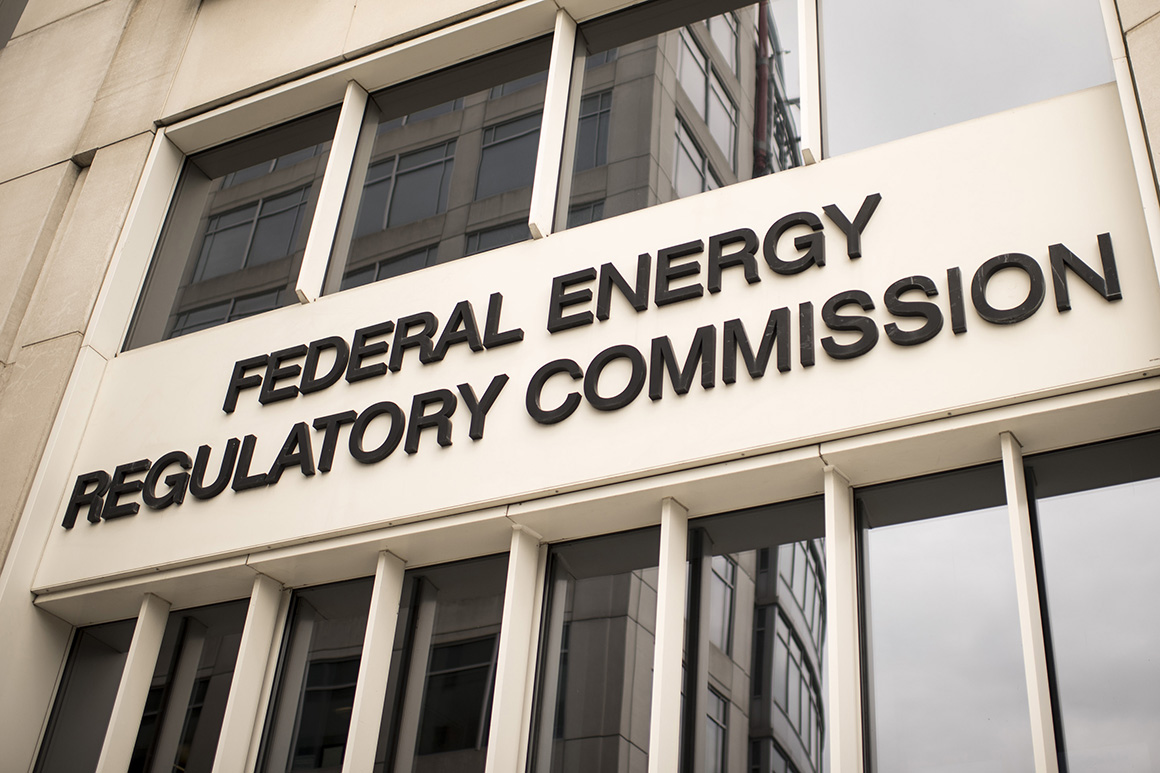
(Gulfstream LNG Development, 22.Feb.2023) — Gulfstream LNG Development, LLC, a recently launched mid-sized greenfield LNG export project, announced that it has filed an application to the United States Department of Energy (DOE) seeking authorization to export up to four million tonnes per annum (MTPA) of liquefied natural gas (LNG) to Free Trade Agreement (FTA) and non-FTA countries. This key achievement follows Gulfstream LNG’s execution of a long-term lease agreement in Plaquemines Parish, Louisiana, USA securing a prime location to develop its innovative export project.
“Our DOE application to export LNG to FTA and non-FTA countries, and our recent execution of our site lease agreement, are important milestones in progressing the Gulfstream LNG project,” remarked Vivek Chandra, CEO and Founder of Gulfstream LNG. “We expect to receive FTA export approval later this year, and non-FTA approval once our FERC application has progressed. In the meantime, we are progressing our engineering and project development efforts, as well as discussions with potential equity investors.”
Gulfstream LNG’s 500-acre site, which includes over 1.3 km (0.8 miles) of deepwater (~15 meters, 50 feet) Mississippi River frontage, is located south of New Orleans in Louisiana, a state accounting for over 50% of US LNG exports. The leased site is exclusively available through a long-term Ground Lease and Joint Development Agreement with a private company developing an intermodal container port with the Plaquemines Port, Harbor & Terminal District. The site, which may be one of the last remaining permittable sites on the US Gulf Coast, has multiple feed gas pipeline networks, a robust electrical grid, ample distance from local communities, deepwater access not requiring additional dredging, availability of skilled workforce, highway and river infrastructure, and an improved flood control levee system.
Gulfstream LNG’s globally experienced LNG team is designing the facility based on the use of mid-scale modular liquefaction trains successfully deployed and operating in other liquefaction projects in the region. Discussions and data exchanges with key technical, construction, and permitting partners, as well as with local stakeholders, have been initiated with positive feedback. The liquefaction trains will be driven by electrical drives using power generated from low carbon and renewable fuels. This proven project design will result in reduced cost and schedule risk, manageable local construction requirements, and lower capex than other facilities based on larger and more complex trains. By leveraging electrical liquefaction drives, Gulfstream LNG aims to be among the greenest and lowest carbon emitting LNG producing facilities in the US Gulf region as well as globally. The Gulfstream LNG team is focused on speed to production, customer flexibility, efficient use of capital, good corporate citizenship, safety of operations, and enabling energy transition by providing affordable LNG to markets currently dominated by higher-carbon fuels.
Gulfstream LNG will request the Federal Energy Regulatory Commission (FERC) to begin the pre-filing process after completion of the current initial equity funding round. Gulfstream LNG expects to be one of the few greenfield projects to be proposed to FERC since 2019. First production, anticipated in less than six years, will coincide with forecasted shortfall in global LNG supply exacerbated by recent geopolitical events and natural decline in many legacy facilities. All commercial business models, including tolling by offtake customers and by upstream gas producers, as well as FOB sales and co-production of ammonia, will be evaluated. In contrast to other facilities on the Gulf Coast, Gulfstream LNG plans to service domestic, regional, and international LNG markets via river barges, small ships, bunkering vessels, and large tanker exports.
____________________

